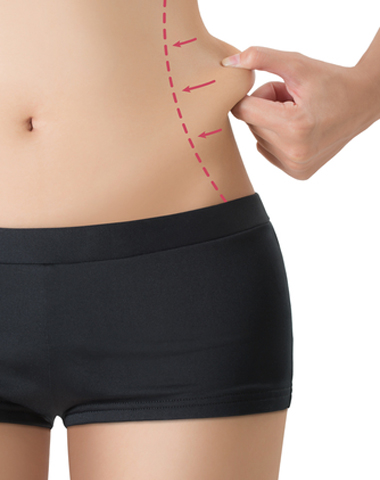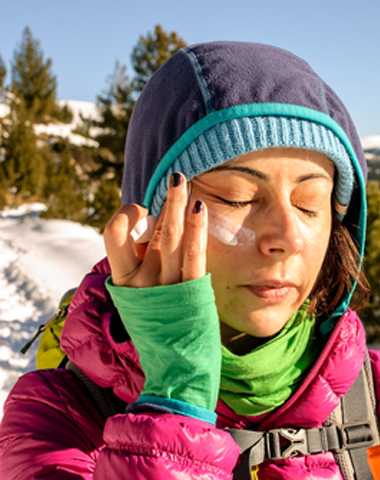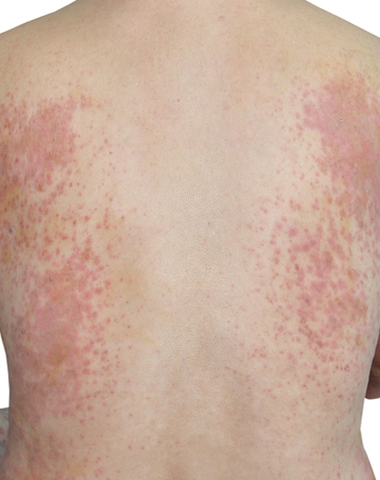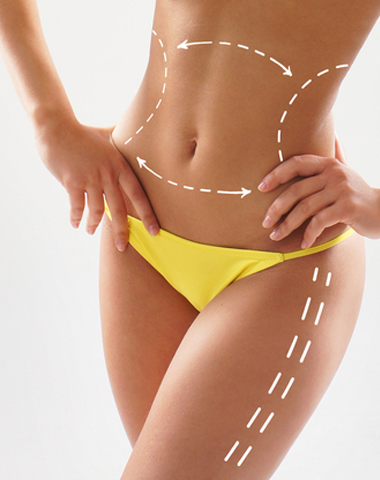Liposuction is a surgery which is designed to help trim and slim a patient’s figure. It does this by removing excess fat from problematic fatty areas on the patient’s body. This surgery is performed in our state of the art clinic in 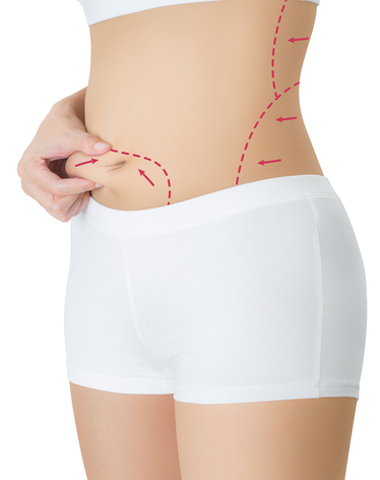 Edmonton and it is one of the most popular cosmetic surgeries of all time.
Edmonton and it is one of the most popular cosmetic surgeries of all time.
What to Expect
On the day of a liposuction, the patient will drive to see our liposuction specialist at the Rao Dermatology clinic where the surgery will be performed. Upon arriving, the patient will be prepped by the surgeon and the surgical staff. The surgeon may use a marker to draw lines on the patient’s body. These lines will serve as guidelines during the surgery.
Our specialist may take a moment to review the surgery with the patient. However, all of the important decisions regarding the surgery will have been made long before this moment. Typically, a patient and surgeon will agree on exactly which areas of the patient’s body will be operated on and how much fat will be removed before the surgical date is even scheduled.
Once everything is ready, the patient will be anesthetized. Depending on the preferences of our specialist and the patient, general or local anesthesia may be used, although local anesthesia is more common. If the patient is feeling nervous, some sort of anti-anxiety medication or sedation can also be used. Once the patient has been fully anesthetized, the surgery can begin.
The surgeon will begin by making small incisions around the area or areas where he or she will be operating. Typically, a liposuction will only treat a small number of areas at a time. Treating too many areas at once can make the surgery much more dangerous, and it can decrease a patient’s chances for aesthetically pleasing results.
When the incisions have been made, the doctor will slide a long, thin instrument called a cannula into the incisions. A cannula is essentially a hollow needle which has been hooked up to some sort of suction device. The cannula will be the surgeon’s way of both breaking up and removing the fat from the body. As the surgeon moves the cannula back and forth, it disrupts the fat and suctions it away.
Liposuction surgeons must be careful to take just the right amount of fat. Removing too little will not yield a significantly improved appearance. Removing too much could cause unappealing dimpling. The surgeon must also be careful not to allow the cannula to move out of the fatty tissue and into the rest of the body, as this could cause serious injury to the patient.
Once the surgeon has removed the optimal fat, the liposuction is all but over. Typically, the surgeon will not close the incisions. Leaving the incisions open helps to encourage drainage after the surgery, which will help to speed up the healing process. At this point, the patient is typically moved to an observation area and allowed to recover from the anesthesia. Once the patient is feeling well enough, he or she can be driven home.
The patient should try to rest and relax as much as possible for the first day or two after a liposuction. Pain will most likely peak somewhere around 24 hours after the surgery, and it should gradually decrease from that point on. Most patients are able to return to a sedentary job within just a few days after their surgery.
At Rao Dermatology our skilled surgeons will make sure you are clear on all these points and more before deciding to choose this procedure. If you have any questions please call our expert team and set up your consultation.

